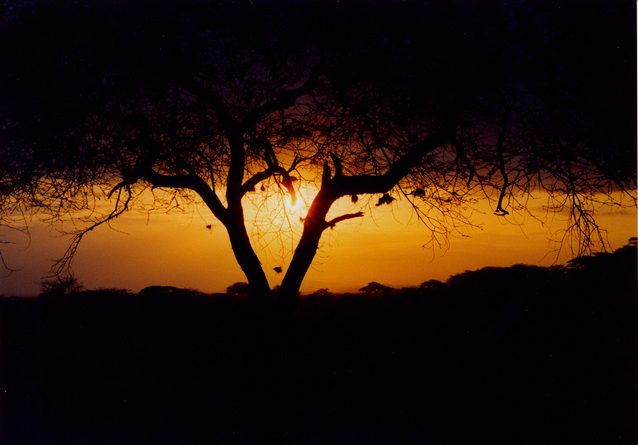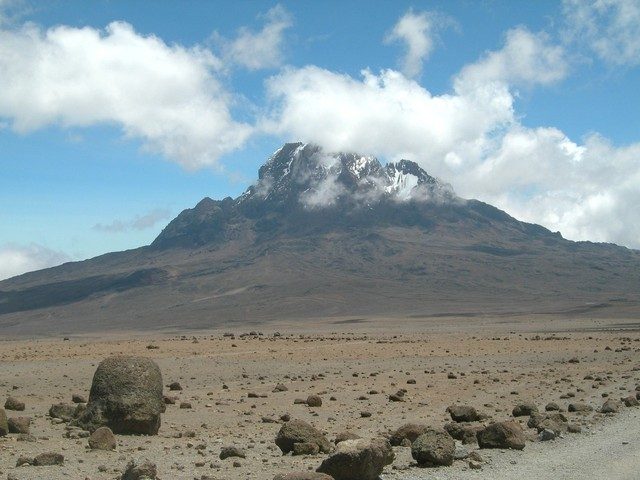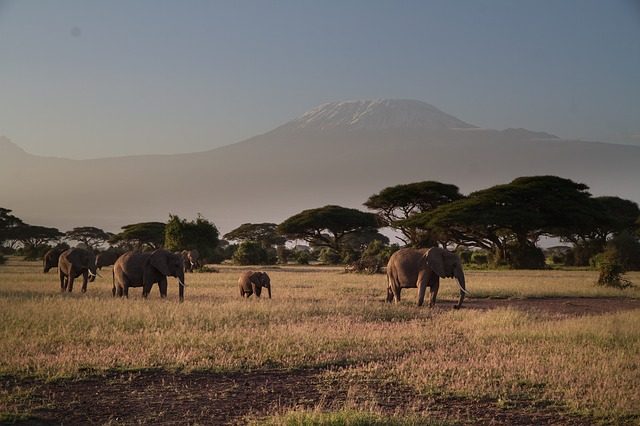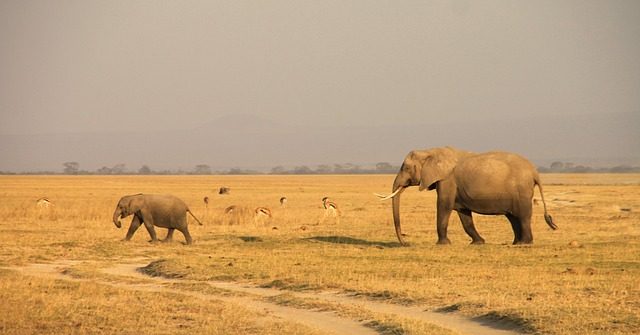A Game Drive Through Amboseli National Park
Amboseli lies on the border of the 2 East African countries, Kenya and Tanzania, with a mixed landscape made up of 7 habitats: acacia wood land, open plains, lava-rock-strewn thorn bush country, marsh land, lake bed, the slopes of Oldoinyo and swamp.
Managing of the park
At the turn of the 20th century, it used to be part of the Southern Maasai reserve. But, now it is run as a single reserve by the Wildlife Service with the local people always trying to reclaim its rightful ownership. Meanwhile, to get to Amboseli from Nairobi, some people prefer to drive through the potholed roads. But for those who like a bit of luxury, there are regular flights departing from Nairobi. Chartered light aircraft can also land at the air strips at Kilimanjaro Buffalo lodge, Namanga or Empusel gate. Amboseli park is 392 km2 in size and that is what makes it famous. But the park is its most prominent feature.
Highlands tropical weather
Amboseli region kindly rewards any ardent lover of nature on a game drive to the park with a superb blend of the high lands climate and local weather. As a result, the area is seen as semi-arid to dry bush and hot since it lies on the north west side. Drought is common in this area. Furthermore, the upper most average heat is 33°C, the minimum is 27°C, and the total annual rainfall is 300mm.
Rains
Rains are expected during the months of April and May as well as in November and December. The rainfall along with the melting snows of Mount Kilimanjaro percolate through the soil into a subterranean aquifer. Consequently, the water reemerges as series of permanent swamps in the basin. Two such large swamps, Enkongo Narok and Longinye, transect the basin. However, the smaller ones are seen in the western and central parts of the park.
Amboseli park boundaries
Amboseli National park is at the foot of the snow-cap Mount Kilimanjaro, Africa’s highest peak. Mount Kilimanjaro is also the tallest free-standing mountain in the world. A safari game drive along the breathtaking backdrop of the mountain on the south of Amboseli offers a grand and unique view. The southern border of the park lies 5km from the Tanzanian boundary. The land beyond rises steadily toward Kilimanjaro. To the north, lies the Pleistocene lake basin that houses Lake Amboseli. In fact, the park surrounds Lake Amboseli, which remains dry during droughts and summers. Lava flowing from the volcano creates the lake’s flat basin of alkaline soils covering 151 square miles. It is prone to seasonal flooding and broken in a few places by small extinct volcanic vents.
Diversity of wildlife
The swamps in Amboseli National Park are the life-blood and home to over 400 species of birds and wildlife. Amboseli is famous for its large free-ranging African elephants, enormous herds of wildebeests and other animals including buffalo, impala, cheetah, giraffe, monkey, lion, zebra, antelope and hyena. There are also big and small birds. The diversity, along with the dry season, ensures marvelous viewing of the large concentrations of these animals. Because of the park’s diverse wildlife population, it is called the Biosphere reserve. While on a safari, it is common to see both predators and prey living together harmoniously. For example, birds perched within reach of fat cats, or gazelles grazing near lions. The truth is that the wild animals only kill to eat. The rest of the time both prey and predators live peacefully.
Favorite tourist destination
Amboseli national park is the 2nd most-visited and favourite wildlife safari park in Kenya after Maasai Mara. The park has been a famous game drive spot for tourists viewing the wildlife watering at the springs. It offers the best opportunity to see wildlife in their natural environmental territory because its vegetation is sparse owing to the long dry months. Flora and fauna abound in this piece of rich savanna grassland. The loose surface of the roads is covered with volcanic soil that is impassable in the wet season and dusty in the dry season. The park’s closeness to the Tanzanian border and Kenya’s capital Nairobi makes it a weekend getaway for most game enthusiasts and visitors alike. Amboseli National Park has become not only a safari traveler’s dream come true but also a nature haven for photographers and fodder for documentaries.
Sustainable conservation initiatives
Amboseli National Park embodies many of the issues conservationists address today. Protection beyond the boundaries of the park has brought more financial benefit to the indigenous people. It has springs that are critical to the existence of the Ilkisongo Maasai residents and wildlife. The conservation efforts have been able to mitigate human-wildlife conflict thereby bringing awareness to the local community.
Conservation in Amboseli
Several organizations such as the African Wildlife Foundation, the Noomayianat Community Development Organization, and the Amboseli Ecosystem Trust today work on the conservation in Amboseli. For many years, the African Wildlife Foundation has been engaging through various development and preservation projects ranging from the protection of water sources to wildlife monitoring. The Noomayinat Community Development organization is a smaller entity that educate and raise awareness among the local and the Maasai community about the environment and how to work on food security through the efficient usage of water. The Amboseli Ecosystem is an umbrella organization that brings together the stakeholders concerned to integrate the needs of herders with community development and conservation. They also coordinate with game scouts who patrol the area to deter poachers and try mitigating conflicts.
5 Frequently Asked Questions About Amboseli
To book a safari in Amboseli, please fill out the following form or simply email us on safaris@safari-center.com








